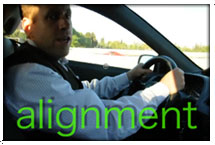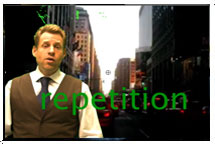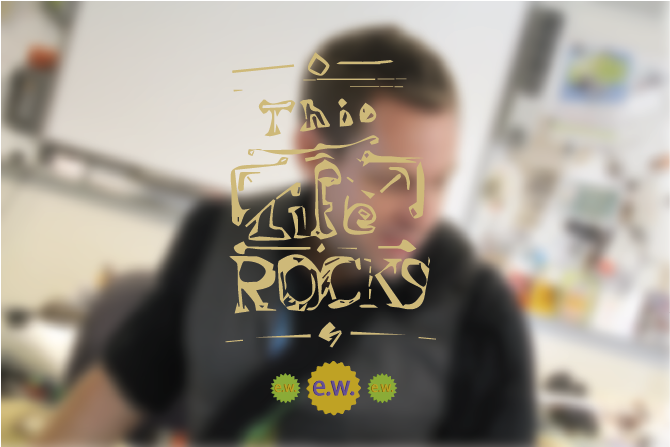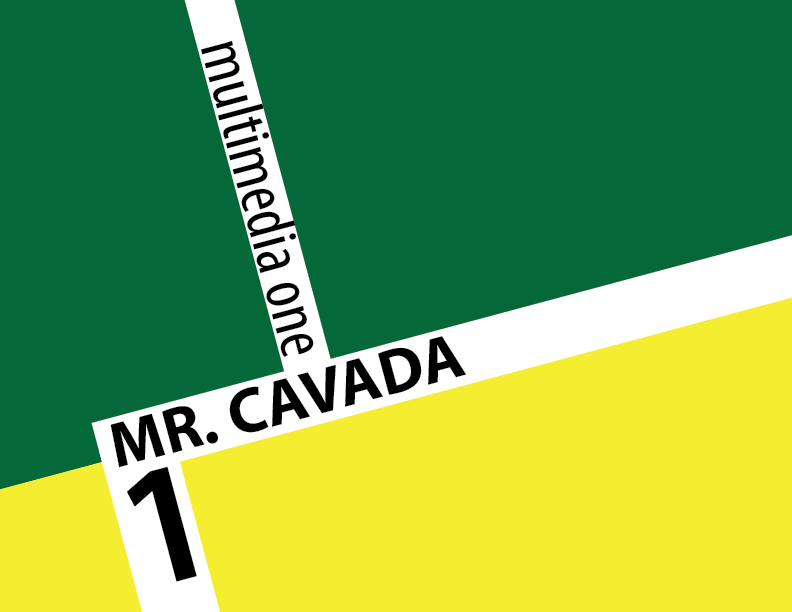Portfolio Web Design
CAR-Principles
 The principles of visual art are the set of rules or guidelines of visual art that are to be considered when considering the impact of a piece of artwork. They are combined with the elements of art in the production of art. The principles are contrast, alignment, and repitition
The principles of visual art are the set of rules or guidelines of visual art that are to be considered when considering the impact of a piece of artwork. They are combined with the elements of art in the production of art. The principles are contrast, alignment, and repitition
check out: Introduction to Illustrator
Contrast
 Contrast in art and design occurs when two related elements are different. The greater the difference the greater the contrast. Contrast adds variety to the total design and creates unity. It is what draws the viewer's eye into the painting and helps to guide the viewer around the art piece.
Contrast in art and design occurs when two related elements are different. The greater the difference the greater the contrast. Contrast adds variety to the total design and creates unity. It is what draws the viewer's eye into the painting and helps to guide the viewer around the art piece.
check out: contrast
Alignment
 Alignment is the placement of text and graphics so they line up on the page. It's one of the principles of design that help us create attractive, readable pages. Use alignment to create order, organize elements & create visual connections
Alignment is the placement of text and graphics so they line up on the page. It's one of the principles of design that help us create attractive, readable pages. Use alignment to create order, organize elements & create visual connections
check out: alignment
Repetition
 Our brains are excellent pattern-matchers and reward us for using this very helpful skill. Repetition creates a pattern, which consequently and naturally grabs our attention. Advertisers know this very well. Remember, if something happens often enough it will have a distinct effect on the viewer.
Our brains are excellent pattern-matchers and reward us for using this very helpful skill. Repetition creates a pattern, which consequently and naturally grabs our attention. Advertisers know this very well. Remember, if something happens often enough it will have a distinct effect on the viewer.
check out: repetition
White Space
 There are a number of elements that make up a great design, but probably one of the most overlooked and underutilized is whitespace. Every design has whitespace, but the problem is that not every design has enough. This could be due to the fact that inexperienced designers see whitespace as empty space. The truth is, whitespace might be one of the most valuable parts of your design.
There are a number of elements that make up a great design, but probably one of the most overlooked and underutilized is whitespace. Every design has whitespace, but the problem is that not every design has enough. This could be due to the fact that inexperienced designers see whitespace as empty space. The truth is, whitespace might be one of the most valuable parts of your design.
check out: White Space
Layout: White Space
More lessons in white space, one solution is to think about proximity.
Check out: proximity
